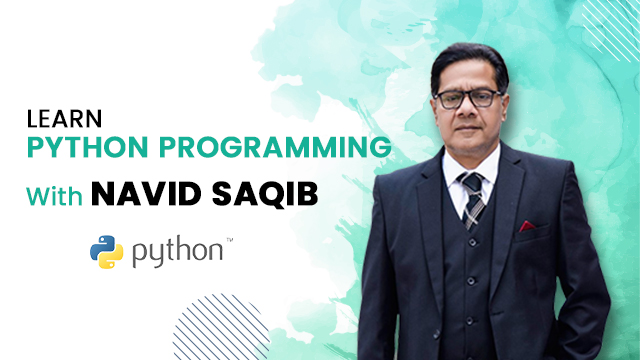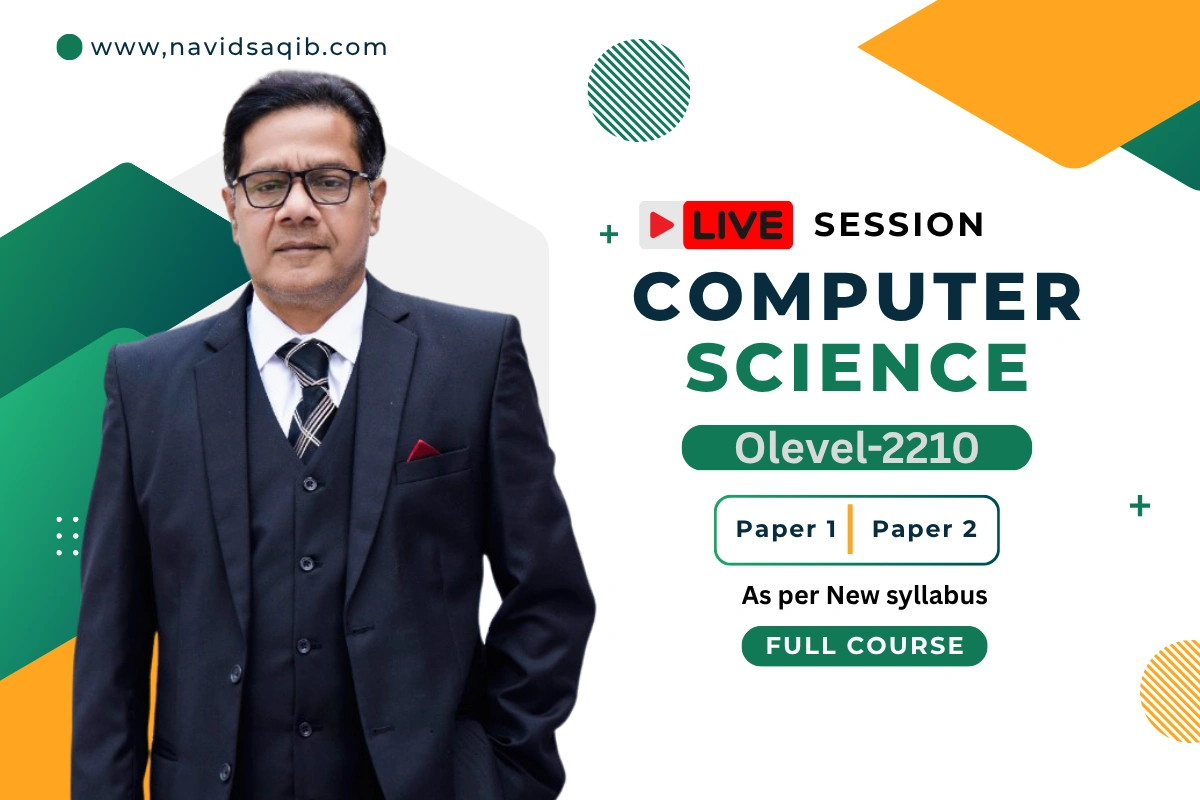Cambridge O-Level Computer Science 2210
The syllabus is divided into two papers:
Paper 1 – Theory (Typically 2 hours)
Paper 1 tests the student’s understanding of fundamental concepts of computer science. It includes multiple-choice, structured, and short-answer questions.
1. Data Representation
2. Communication and Internet Technologies
3. Hardware and Software
4. Security
5. Algorithms and Programming
6. Databases
7. Problem Solving
Paper 2 – Practical (Typically 2 hours)
Paper 2 tests the ability to apply practical skills in programming and problem-solving. Students are given tasks to implement, usually in a high-level language like Python, Java, or pseudocode.
1. Programming
2. Algorithm Implementation
3. Problem Solving in Practice
4. Data Representation and Manipulation
Key Notes
-
Paper 1 focuses on knowledge, understanding, and explanation.
-
Paper 2 focuses on practical skills and application of programming.
-
Both papers complement each other; theory knowledge supports practical work.
Course Content
Paper 2 – Problem Solving Approach -Practical
-
03:22
-
02:09
-
01:09
-
Program Development Life Cycle (PDLC)
02:51 -
Computer systes, sub-systems and decomposition
03:54 -
Decomposing a problem
02:53 -
Methods used to design and construct a solution to a problem
02:40 -
Explaining The purpose of an Algorithm
02:34 -
Real Life Programming
02:23 -
How To Write perfect pseudocode
03:40 -
A Talk between Customer and ShopKeeper
02:30 -
Fetching Requirements Out of the Talk
04:16 -
Practice Session 1
00:21 -
Stage 1 : Setting & Declaration
02:32 -
Practice Session : Variables and Constants
00:28 -
Different Types of DATATYPES
02:19 -
Practice Session : DataTypes
00:21 -
Stage 2 : INPUT
03:04 -
Stage 3 : Process
02:14 -
Process : Arithmetic Opreators
00:00 -
Process: Relational Operators
01:33 -
Process: Logical Operators
03:18 -
Practice Session : Logical Operators
00:21 -
Concept of Totaling
03:20 -
Sample Question 1
03:40 -
Sample Question 2
-
Dealing With Constructs
03:31 -
Sequence Construct : Reading
-
Sequence Construct : Further Reading
-
Selection Construct
-
Selection: IF…THEN…ENDIF(OneWay) – done
02:02 -
Selection : Question Set-1 : IF THEN ENDIF
00:21 -
Selection: Pseudocode Example
02:10 -
Selection: Same Code in Python
00:00 -
Selection: Practice Session
00:21 -
Selection: IF….THEN…..ELSE….ENDIF(TwoWay) Nesting
02:10 -
Selection: Question Set -2 : IF THEN ENDIF
00:21 -
Selection: IF….THEN….ELSEIF….ENDIF(MultipleWays)
03:01 -
Selection: Practice Session 1 (multiple ways)
Dealing with Constructs
Question Set 3
Flow charts – The easy concept
Concept of Validations
Question Set 4
Dealing with 1D Arrays
Linear search in !D Array – The common pattren done
Bubble Sort – The common Pattren
Dealing with 2D Arrays
Modular Programming – Concept of Procedures and Functions
Handling Errors in Pseudocode
File Handling
File handling – with 1D Array
Logic Gates
Databases
Past Paper-2 May/June 2025
Paper 1 – Theory
Past Paper-1 May/June 2025
A course by
Student Ratings & Reviews













